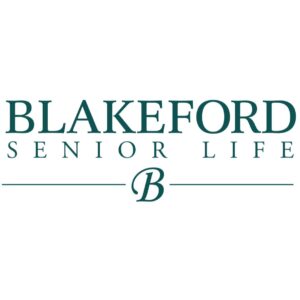Beyond rubber gloves: Housekeeping’s infection control role
Buying into the latest cleaning technologies can be an expensive venture for long-term care (LTC) communities, but an infection outbreak is much more costly—and can risk lives. The best strategy is to ensure that the chosen cleaning products are being used to their fullest potential—a responsibility that rests on the training of the community’s housekeeping staff.
“Everything has changed because of the [federal] reimbursement programs,” says Steve Attman, vice president of Acme Paper & Supply, Savage, Md. “Long-term care facilities are becoming feeders for hospitals, so infections are a big part of everyone’s reimbursement program these days. And hospitals don’t want to take patients that are coming from [LTC] facilities that don’t have good infection control.”
The gamut of disinfectant cleaning products includes everything from the humble chlorine bleach to high-tech, antimicrobial copper surfaces. But the price of combatting germs varies widely as well, so facilities must balance product cost against resident risks, sometimes on a room-by-room basis. Being proactive matters, so choose the products that serve the facility’s needs, Attman suggests.
BEYOND SOLID SURFACES
Commercial-grade disinfectants have traditionally excelled at solid-surface cleaning, but many fall short when the surfaces get softer—and LTC communities are full of fabrics that rarely see a washing machine, if ever. The draperies, upholstered chairs and cushioned public benches so craved in LTC interior design can pose a complex problem for cleaning staff.
Some companies have taken the early initiative: Clorox has just introduced a “four-in-one” cleaner—deliberately an aerosol spray—that disinfects and sanitizes hard and soft surfaces, Attman says. “It’s EPA-registered and it has a 30-second dwell time on soft surfaces like cubicle curtains and chairs. It also removes allergens from the air, so it’s a major advancement.” With the growing need for germ control on multiple surfaces, other companies might follow, he agrees.
WHAT’S NEW
One of the hottest trends in cleaning products is in new formulas and applications from an old standby: Hydrogen peroxide. “It kills more pathogens, it kills them faster, and it’s a green product,” Attman says. That doesn’t mean bleach is passé, especially in LTC toileting areas. Some bleach leaders have made important industry strides in cleaning products, including introducing color-identified cleansing products that reveal the areas cleaners may have missed, Attman says.
STAFF TRAINING
Training checklist
|
Every LTC facility knows that even the most stringent cleaning protocols can go down the drain if the cleaning products aren’t used properly. Above all, facilities should protect their residents, staff and bottom line by ensuring that cleaning staff are regularly and properly trained in the application techniques of cleaning products, including how long a product must remain on a particular surface before germs are killed. Too often, well-meaning cleaning staff may move through a room too quickly, not allowing the disinfectant product enough time to do its job, Attman says. Add resistant microbes to the mix, and the problem deepens. Likewise, facilities should beware of using alcohol-based products as a “silver bullet” for all disinfection, since the germ-killing alcohol evaporates so rapidly, Attman notes. “If the product needs two minutes to kill pathogens, but it evaporates in one minute, then how many pathogens did you kill?”
Facility oversight remains a crucial area: Tell the cleaning staff you’ll be checking their work at random times, and then do it, Attman suggests. “It’s the Hawthorne Effect: If people know you’re checking behind them, they’ll give that little bit extra.”

Pamela Tabar was editor-in-chief of I Advance Senior Care from 2013-2018. She has worked as a writer and editor for healthcare business media since 1998, including as News Editor of Healthcare Informatics. She has a master’s degree in journalism from Kent State University and a master’s degree in English from the University of York, England.
Related Articles
Topics: Articles , Clinical , Executive Leadership , Facility management , Operations










